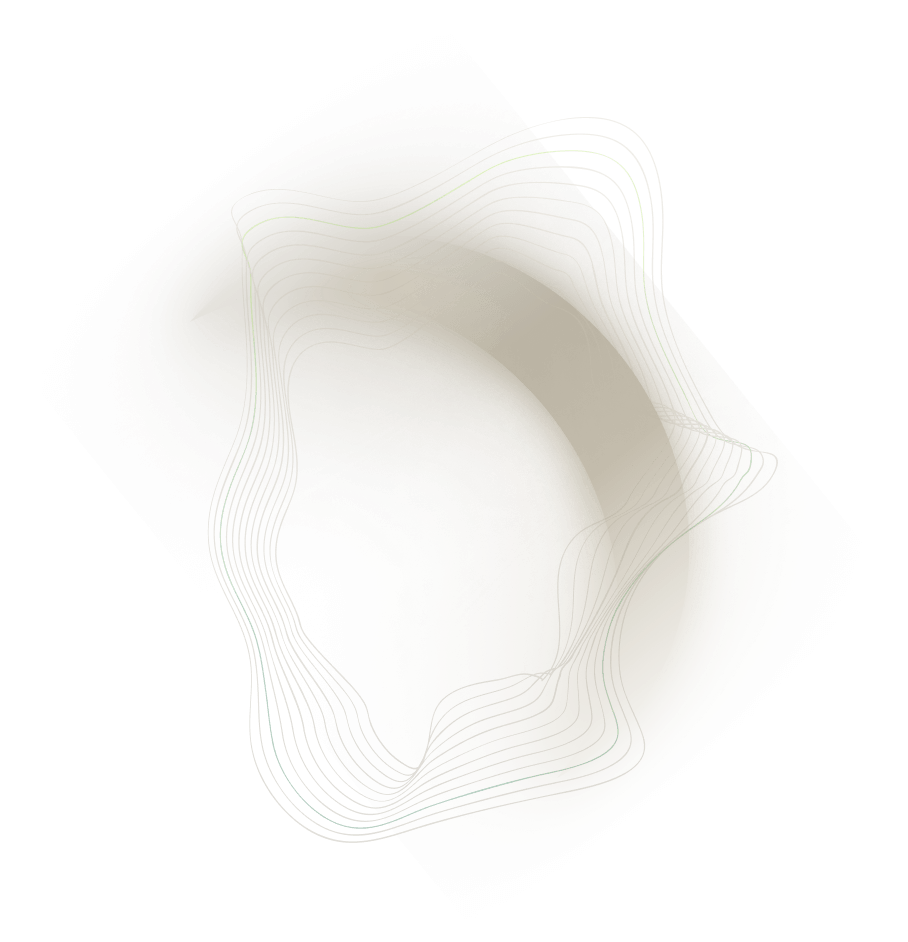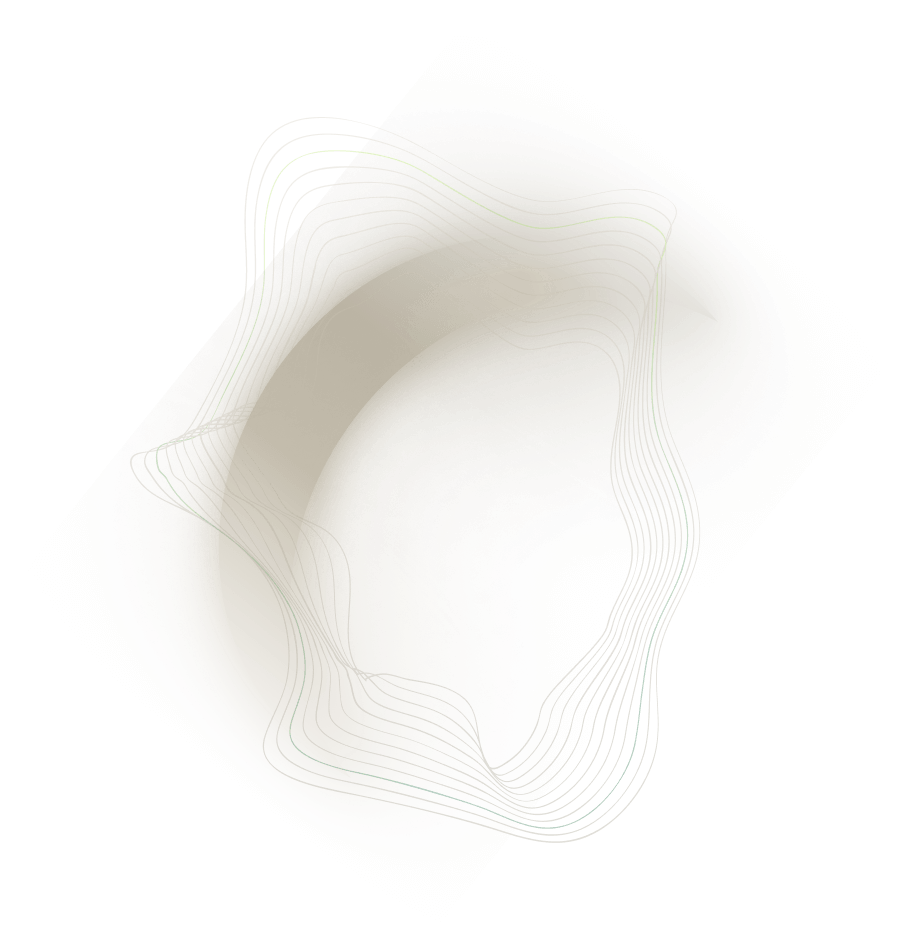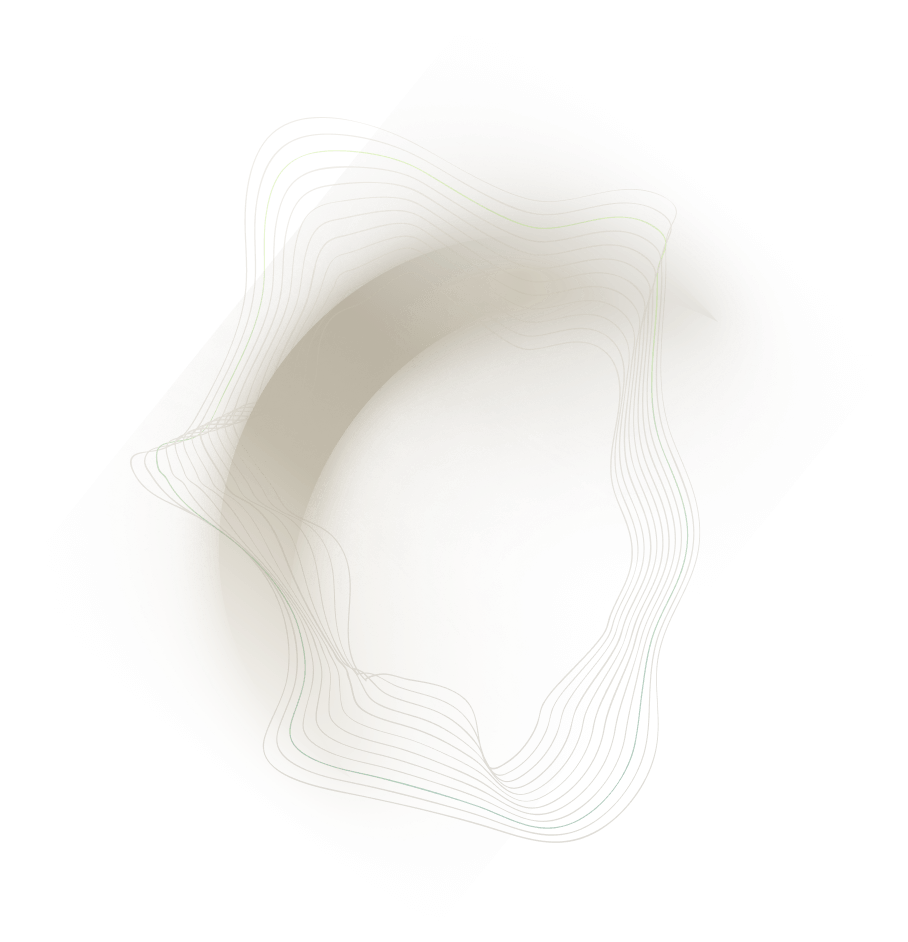

Context
Our client was an enterprise SaaS company in Germany with ARR of around €25M. It acquired another Saas company operating in an adjacent product category, aiming to leverage its sales channels to increase the acquired company's revenue through cross-selling.
As part of the post-merger integration process, one of the key areas to unify was the pricing model. The acquired company had an a la carte model where customers could pick any combination of its 37 features and were billed on their metered usage volumes. This complicated the billing process and hindered the recognition of revenue as recurring. More significantly, it was not possible to go to market with a combined offering from both companies.
Objectives
The CRO asked us to create a set of packages from the 37 features, each with three tiers of prices and usage allowances. We also needed to ensure that the packages maintained a contribution margin of at least 80% — this was important as many of the features relied on third party infrastructure vendors, incurring significant variable costs.
Project delivery
Multiple sub-analyses, both historical data analysis and competitor benchmarking, were needed for this project. The approach we took had six major steps:
- Create features bundling This step was outside of our scope as the product and sales teams had already proposed how the 37 features should be grouped together, based on product positioning and go-to-market messaging
- Identify constraints Our objective was essentially a constrained optimization problem. We used the 80% margin requirement to determine the upper bound for usage allowance and lower bound for pricing. At the other bookend, we used historical customer consumption levels to determine the lower bound for usage allowance, and competitor offerings to determine the upper bound for pricing
- Determine usage allowances We collected historical customer usage data from the finance team and calculated usage levels for all 37 features at various percentiles. We understood from the CRO that the strategy going forward was to target larger enterprise customers than the acquired company traditionally had, so we set the three tiers at the 50th, 75th, and 95th percentile usage levels of each feature. We avoided 100th percentiles because they were often skewed by customers that had lopsidedly generous allowances for certain features
- Determine prices We built a model that calculated the margins of the packages at specific usage allowances and price points, leveraging cost data from finance. We used this model and the 80% margin guideline to determine the minimum prices for each package, at the usage levels calculated in step 3. We then researched what the competitors were charging for similar product bundles. In cases where charging at the competitor price led to a margin greater than 80%, we set the price at the competitor level (volume-adjusted). Where doing so led to a margin less than 80%, we set it higher than competitor to maintain margin. Finally, we ensured that the price levels for tiers 2 and 3 were increased logically, baking in a certain discount level, compared to the lower tiers
- Review and iterate We ran a series of workshops to get feedback from the product, sales, and marketing teams, making adjustments each time. For example, reducing prices of some packages to lower than 80% margin in order to match the competition, moving some features around between packages, changing usage allowances away from the 50-75-95 model based on specific customer use cases, so on
- Specify the fine print We wrote up the overage policy, geographical limitations, and other SOPs related to the packages
Outcome
The output of our work was the collection of packages that the CRO had requested, in a PowerPoint file along with Excel analysis backups and methdology documentation. The Sales Ops team used our output to operationalize the packages.
Identifying constraints, determining usage allowances, determining prices, iterating analysis, creating outputs


.png)


